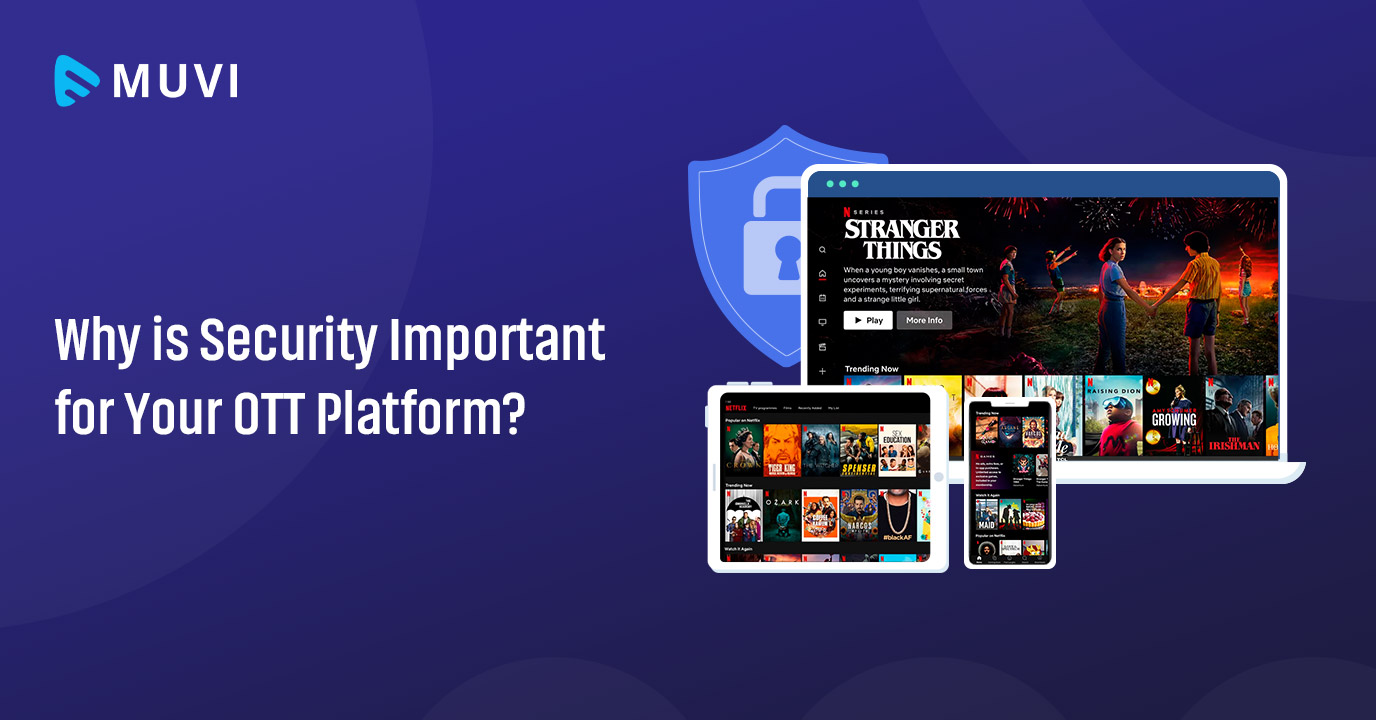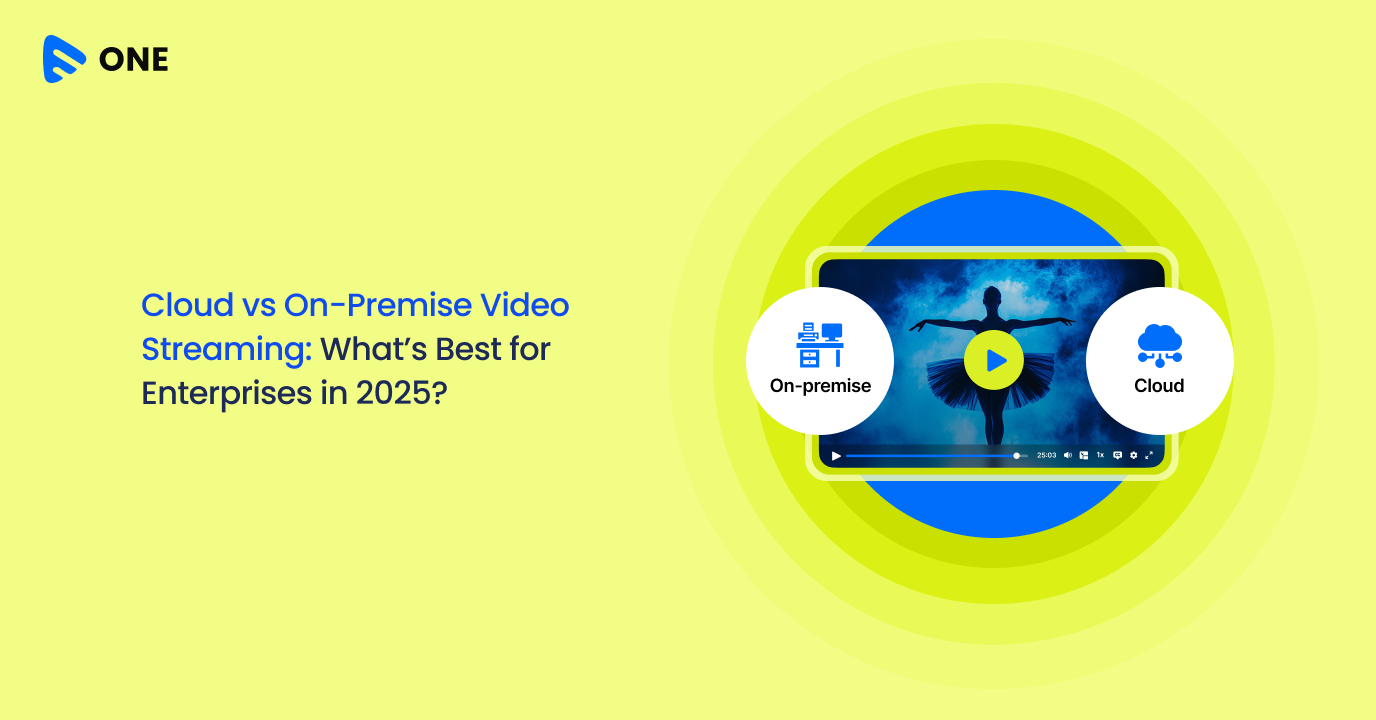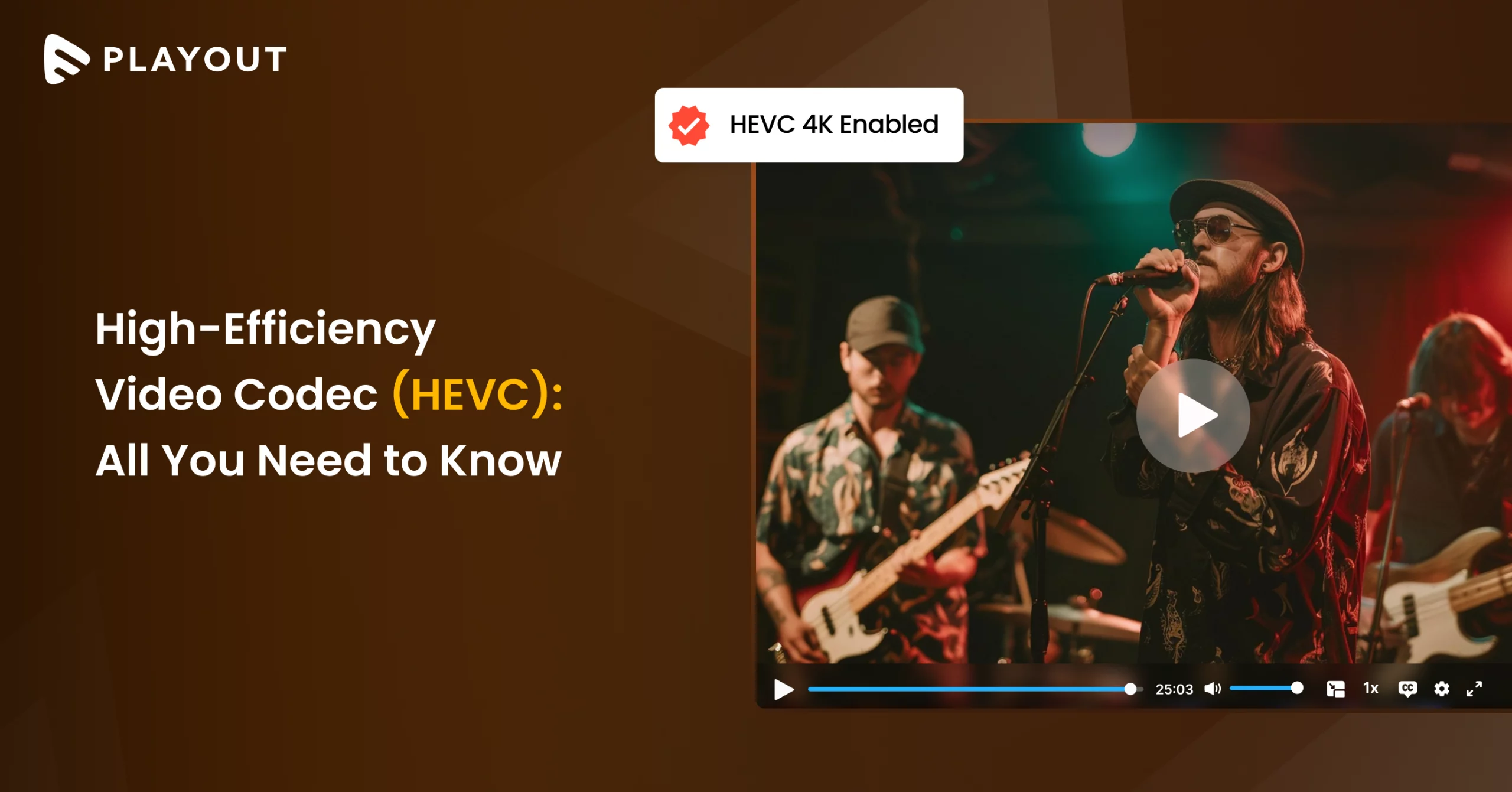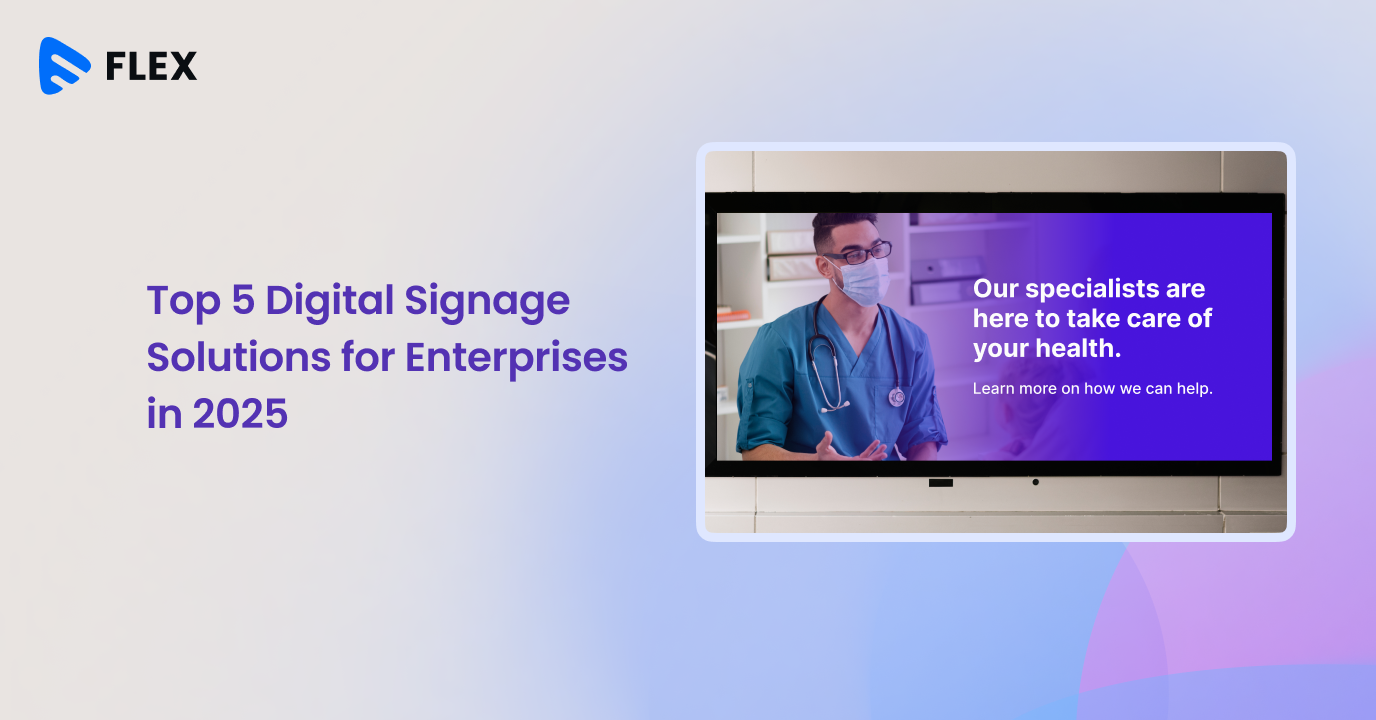With the number of OTT service providers and customers growing fast across the continents, there is an increase in security threats for these OTT platforms. Content piracy to data breaches- all are amongst some serious security issues that OTT businesses have been dealing with since the past decade. For instance, according to a recent report, nearly 4 billion users’ data was compromised in the OTT streaming industry around the globe in 2019 itself. In this blog we will give you a thorough insight on why security is important for your OTT platform.
The Importance of Security in OTT Platforms: Things You Need to Know
Before we delve deep into why security is important for the OTT platforms, let’s know why OTT platforms are vulnerable to security threats. As on OTT platforms content is streamed online, there are multiple ways through which the security can be compromised such as- downloading your video content online by third party softwares, unauthenticated logins/access, hacking of user profiles etc. And not only these, there are even more serious cyber threats that may put the sensitive information and confidential data like customer payment details, address, log in information etc. at risk. The incidents of app forgery, malware attacks etc. are not uncommon in this scenario.
In order to protect the OTT platforms from such cybersecurity threats, the OTT businesses are focusing on optimum security for-
- The streaming content
- Customer data
- Overall OTT platform
Here are some of the top security measures and their importance that are adopted widely by the OTT players-
1. SSL Certificate
The SSL (Secure Sockets Layer) is a security protocol that is used to create an encrypted link between a web server and a web browser. An SSL certificate provides both encryption to the sensitive information, data, and content and authentication to ensure that the streaming content is only delivered to the intended recipients. It is important that the backend/admin panel of your OTT platform as well as the website has an SSL certificate for secure content transmission from server to clients such as various apps & websites. Furthermore, it is vital to protect the customer payment information like credit card number, name and other details during online transactions. Also, the users are getting more aware of protecting their data and so if any website is not SSL protected and shows the message of ‘not secure- Your Connection to this Site is Not Secure’, most probably they are not going to visit that website or put any information over it.
2. Multi-Level Firewall & Server Level Security
Multi-level firewall uses an advanced form of packet filtering to examine all the seven layers of the OSI (Open System Interconnection) model to provide robust protection from the IP Packet Level to the Application Level. By segregating the networks of different sensitivity levels, it gives optimum protection to all of them. Be it blocking unsolicited visits to your OTT platform or preventing malicious attacks, this security measure is mandatory on your OTT platform to keep it away from any possible cyber threats. Also, make sure your OTT platform provider conducts regular tests like penetration testing & security audits and offers 24/7 security monitoring to prevent security attacks like DDoS attacks (Distributed Denial of Service) alongwith disaster recovery protocols.
Also Read: 5 Things You Need to Know About OTT Services
3. Built-in Multi-DRM Security
Multi-DRM or Multi Digital Rights Management is basically a collection of systems and tools to protect your copyrighted digital media assets or content from any unauthorized and unauthenticated access and usage. Moreover, its license management feature for multiple DRM formats allows the OTT platform owners to securely deliver the streaming content to mobiles, laptops, or any other devices, browsers, set-top boxes etc. Also, you can easily set up license, playback & rental duration, subject your streaming content for subscription, purchase, download, lease and others while maintaining the security. An efficient multi-DRM security feature also offers the solutions like-
Visible & Forensic Watermarking
Forensic watermarking is an invisible, dynamic watermark that lets you track unauthorized content distribution as well as filtering, re-encoding, cropping etc. And by inserting visible watermarking for each of the users you can identify the user in case of content piracy or leakage.
Screen Recording Protection
You must have noticed that if you take a screenshot of any video playing on Netflix, it appears completely black. This is simply a feature to protect against screen recording , so that their content can not be screen recorded and shared by the users.

Offline Streaming Security
The OTT content requires high level protection not only while streaming but even during downloading and offline streaming. And this security measure takes care of that by enabling content specific unique keys and license keys.
An extended multi-DRM feature provides full security to all your video/audio streaming content without compromising with the security.
Starting from Netflix to Spotify- all have adopted industry leading DRMs on their platforms years back. And you can’t skip this unless you want your streaming content security to be compromised.
4. Geo Blocking & VPN Detection
Geo blocking helps the OTT platform owners to restrict the access to the platform and content by the users from specific geographical locations. With the help of GeoIP intelligence, it is possible to locate a computer/device terminal’s location and even point out the exact city location. On the other hand, VPN (Virtual Private Network) detection feature ensures that no user can bypass the geo blocking or restriction with the help of any third party VPN services. This is a significant security feature, especially for the ones who want to impose certain geo-restrictions for their OTT platforms and streaming content.
5. PCI Compliance
This is most probably one of the most common security protocols you have heard about. The Payment Card Industry Data Security Standard or PCI DSS is a set of standards that companies need to comply with for secure transmission, storage or processing credit card information of the customers. The requirements for PCI compliance includes using firewalls, cardholder data protection, encryption of transmitted data, creating & maintaining access logs, proper password protection and other document policies to name a few. However, a quality OTT platform provider like Muvi takes care of all of these to offer you a PCI compliant OTT platform. It is a must-have security protocol to protect your customer payment related data and confidential information. Good security needs both technology and a focus on security culture. CompTIA Security+ validates core cybersecurity skills, ensuring professionals grasp the essentials.
Launch a Secure OTT Platform with Muvi
Security is something you need to focus on from the very day of launching your OTT platform. It is a time consuming process and needs experts to build in case you are building your OTT platform on your own. However, you can get all these security measures in-built on your OTT platform if you opt for a sound OTT service provider like Muvi.
Muvi, the industry leading OTT platform provider, not only offers an all-in-one solution to build your own OTT platform in a single day, but ensures each and every security protocol is established on your platform as mentioned above. With Muvi, you don’t even need any in-house team, or technical knowledge as all of these come in-built and you get your own white label OTT platform without writing a single line of code.
Take a 14-day free trial today to launch your own secure OTT platform in a jiffy (no credit card required)!


















Add your comment